Arc'teryx Beta LT Hadron Jacket – The New Lightweight Standard
-
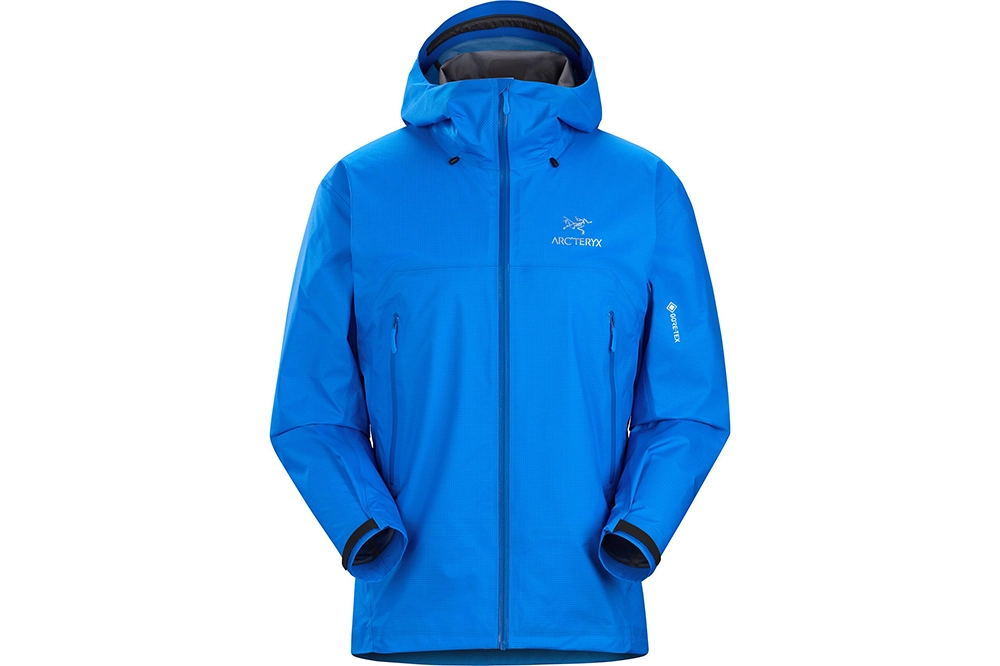
Arcteryx Beta LT Hadron Jacket
Arc'teryx has always been an industry leader when it comes to technical outdoor gear. Not only have they pushed innovation standards with their designs, but also with their construction techniques and textile choices. With the new Beta LT Hadron Jacket, Arc'teryx is once again flexing its industry-leading skills.
-
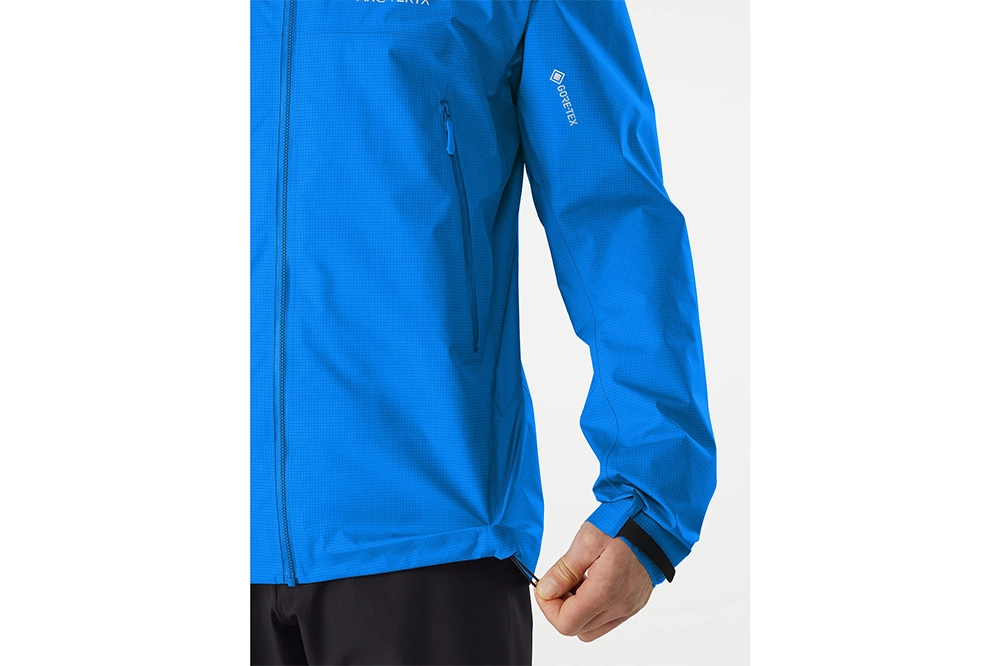
Arcteryx Beta LT Hadron Jacket
-
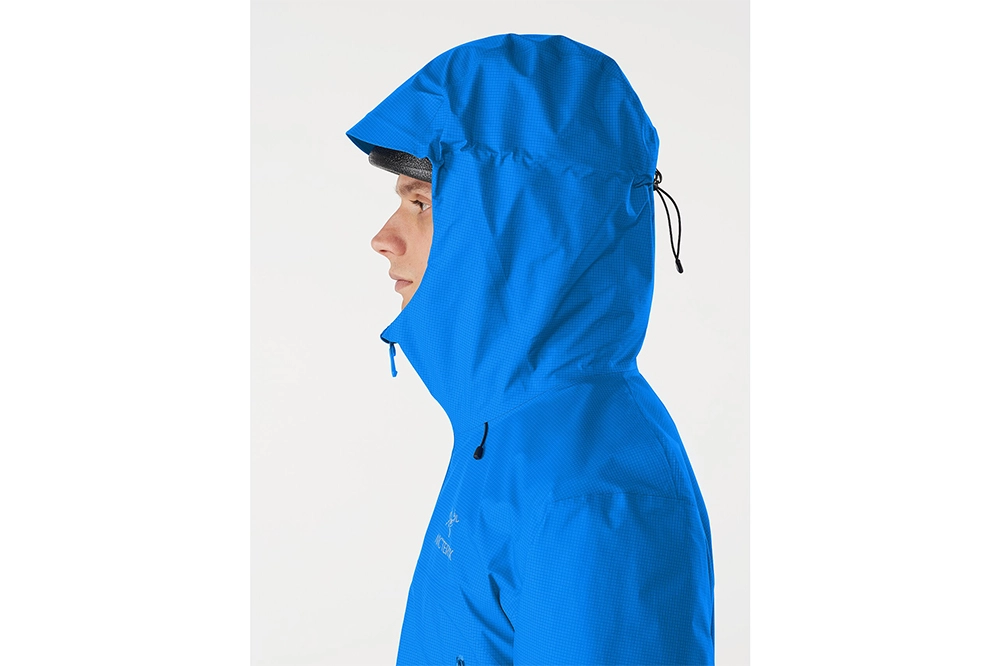
Arcteryx Beta LT Hadron Jacket
The Beta LT Hadron is part of Arc'teryx's lightweight technical Gore-Tex clothing program. And as you would expect, the jacket is lightweight and versatile and, thanks to the new Hadron fabric, surprisingly durable (more on this later). Created for a range of mountain activities, the Beta LT Hadron uses a 3-layer Gore-Tex construction, ensuring the jacket delivers the highest level of waterproofness and breathability. It's worth noting that even after all these decades, Gore-Tex is still the leader when it comes to producing waterproof breathable membranes, so it's not surprising that Arc'teryx continues to use Gore-Tex for its garments. This inherent weather protection is further bolstered with a highly adjustable and helmet-compatible hood, water-resistant zippers and die-cut Velcro cuff adjusters. And while there is nothing revolutionary on this front, it's good to know that this jacket provides the same level of wind, water and snow protection as Arc'teryx's heavier jackets.
It's not only surprisingly light but also incredibly durable for its weight.
This brings us to the Beta LT Hadron jacket's weight. There's no other way to say it – this jacket is ridiculously light. Seriously, it reminds me of some of the lightweight running jackets currently on the market. Arc'teryx achieves this feathery weight with sophisticated manufacturing processes like 1.6 mm seam allowances and the eschewing of pit zips found on heavier jackets. That said, it's hard to ignore the weight-saving benefits of Arc'teryx's new proprietary Hadron LCP fabric. It's not only surprisingly light but also incredibly durable for its weight.
-
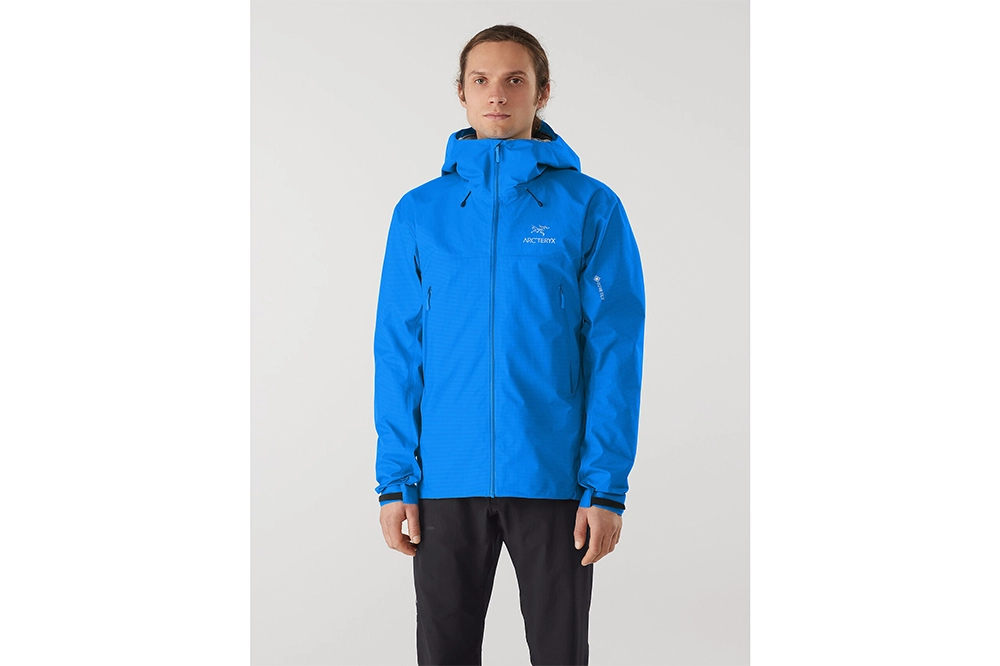
Arcteryx Konseal Harness
-
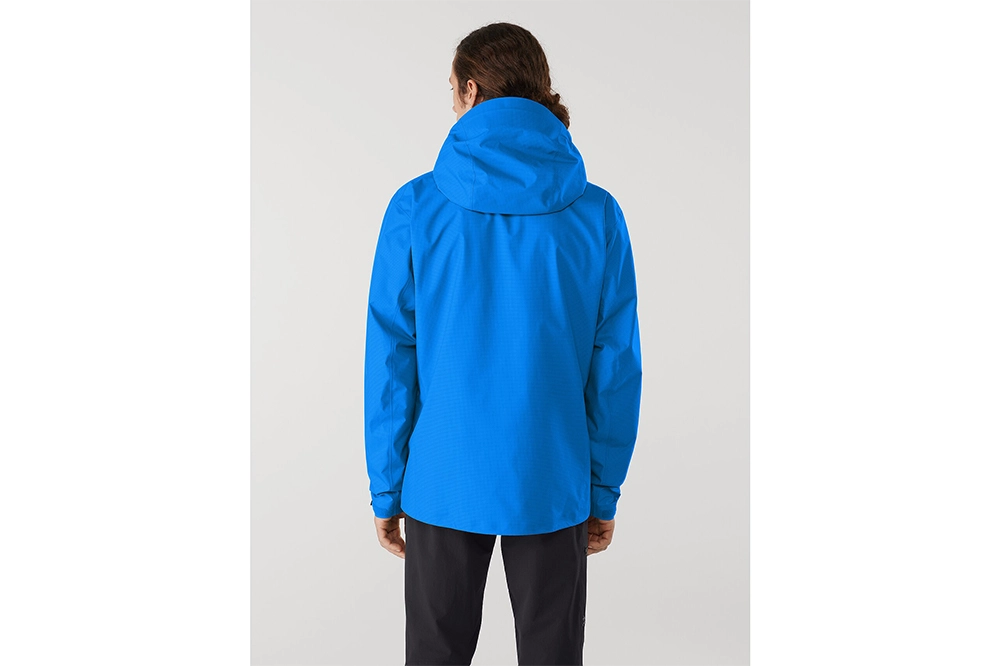
Arcteryx Konseal Harness
And this is what makes the Beta LT Hadron so compelling. It delivers a combination of low weight and durability that few other waterproof-breathable garments can match. As such, the Beta LT Hadron jacket is ideal for anyone going light-and-fast or as a backup shell in case the weather craps out. And unlike other ultra-lightweight jackets, it won't self-destruct the moment it comes into contact with a rock crystal or branch. Don't get me wrong, Beta LT Hadron is not as durable or abrasion resistant as heavier Gore-Tex jackets, but it's also not as heavy or bulky; for me, this is a reasonable tradeoff.
-
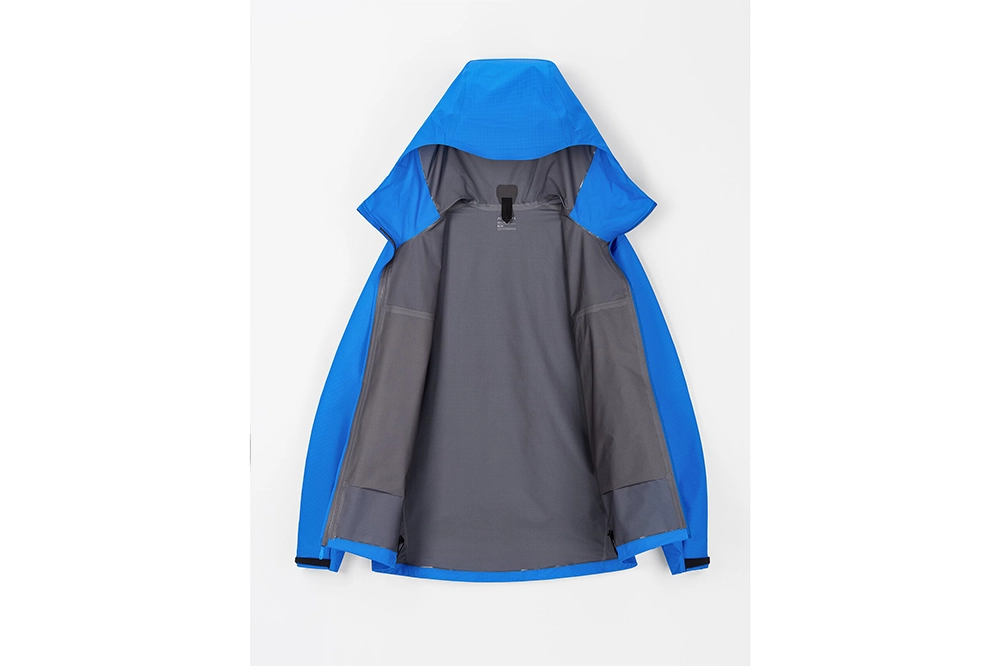
Arcteryx Konseal Harness
Does the Beta LT Hadron have any shortcomings? Well, some might quibble about the lack of pit zips, but for this type of jacket, where decreased weight and reduced bulk are a priority, I'll gladly accept this minor compromise.
If you want a versatile, lightweight shell that you won't have to bin after your first trip, you should check out the new Beta LT Hadron. You won't be disappointed.
If you want a versatile, lightweight shell that you won't have to bin after your first trip, you should check out the new Beta LT Hadron. You won't be disappointed.
You can find out more about the Arc'teryx Beta LT Hadron Jacket and other great Arc'teryx products at www.arcteryx.com.
Join the discussion of this and other climbing-related stories at www.ontarioclimbing.com/forum/
Join the discussion of this and other climbing-related stories at www.ontarioclimbing.com/forum/








